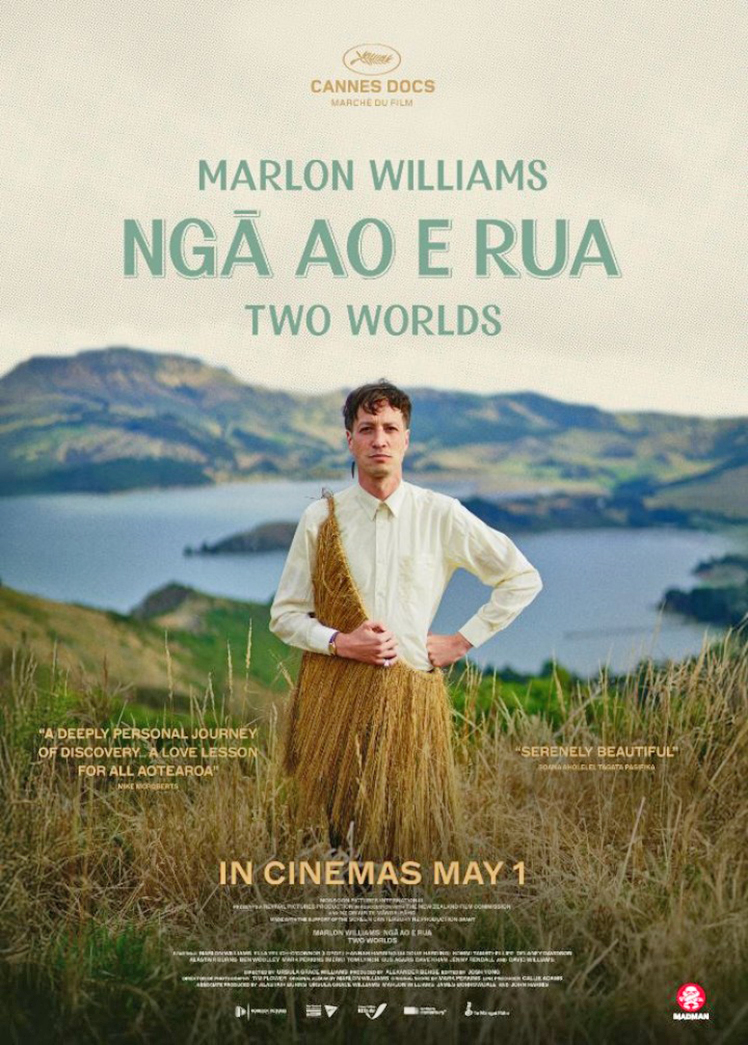REVIEW: Marlon Williams mesmerises with album

Contributed
by Ilmars Gravis
Marlon Williams is touring in support of his recently released album, Te Whare Tīwekaweka.
Having built a dedicated international fan-base over years of songwriting, recording, and touring, this album breaks new ground and has been receiving rave reviews and praised for its embrace of te reo Māori.
Although not familiar with his back catalogue, I had heard only good things about this album and was aware of his highly dedicated fans and the esteem with which he is held in the New Zealand music world, so I was keenly anticipating his live performance with The Yarra Benders in Rotorua.

From the opening waiata by co-writer and performer Kommi (Kommi Tamati-Elliffe), to the fading chords of the final waiata of the night, the show was in turns, moody, mesmerising, dreamy, and uplifting.
Although my te reo is limited, the songs had a beautiful fluidity and rhythm with deep emotions invoked by the te reo lyrics.
Along with the rest of the audience, I was carried away on this great journey, with acknowledgement given to those that have paved the way for Māori performers, in particular Sir Howard Morrison, whose name adorns the lovely venue.
Although the live shows in the Bay of Plenty have been, you can still be immersed in the story behind the making of this album in the documentary Ngā Ao E Rua – Between Two Worlds, showing at the DeLuxe Theatre Ōpōtiki and the Whakamax theatre in Whakatāne.
At the centre of this movie is the story of the six-year journey to bring the idea of a fully te reo album to life, from conception to release.
Other threads of story are woven through the documentary, such as a brief overview of Williams’ musical growth from a 13-year-old picking up his father’s guitar, to an extensive international touring schedule including London, Los Angeles, and Melbourne.
The movie opens and closes with appearances from Lorde, and with Williams’ cheeky grin and impish sense of humour, you can see why Lorde would introduce him on stage as “New Zealand’s heart-throb”.
We are soon introduced to other important figures in this story, in particular Kommi, his co-writer and te reo mentor on the album.
We also get to meet the long-time members of his band, The Yarra Benders, who play an integral part in bringing these songs to life with multiple layers of instrumentation and beautiful harmonies.
The documentary explores the juxtaposition between the constant physical and emotional pressure to keep performing and living up to expectations when touring, and an inwards journey of self-discovery, returning to his roots as a child growing up in a Māori community surrounded by te reo in an everyday context.
This inwards journey was reflected through acknowledging his whakapapa to the Eastern Bay.
The scenes where he visits Tōrere with his father were some of the most touching and it was lovely to see our beautiful Eastern Bay included in this story.
Williams was forthright in expressing his doubts and anxieties, especially when it came to the decision to release an album only in te reo Māori. His openness and honesty was welcome and well portrayed, and also effectively contrasted with moments of lightness and playfulness.
The movie ends with the credits “starring Marlon Williams” but I think there were other equally important stars in this movie, the beautiful and evocative landscapes of Te Waipounamu (The South Island), and of course the beautiful te reo waiata from the album. Don’t miss the chance to see this movie on the big screen, you won’t regret it.
Playing at the Deluxe Theatre Ōpōtiki tomorrow and Sunday.
For bookings or to purchase tickets visit deluxetheatre.co.nz
For Whakatāne screenings, visit whakamax.co.nz.